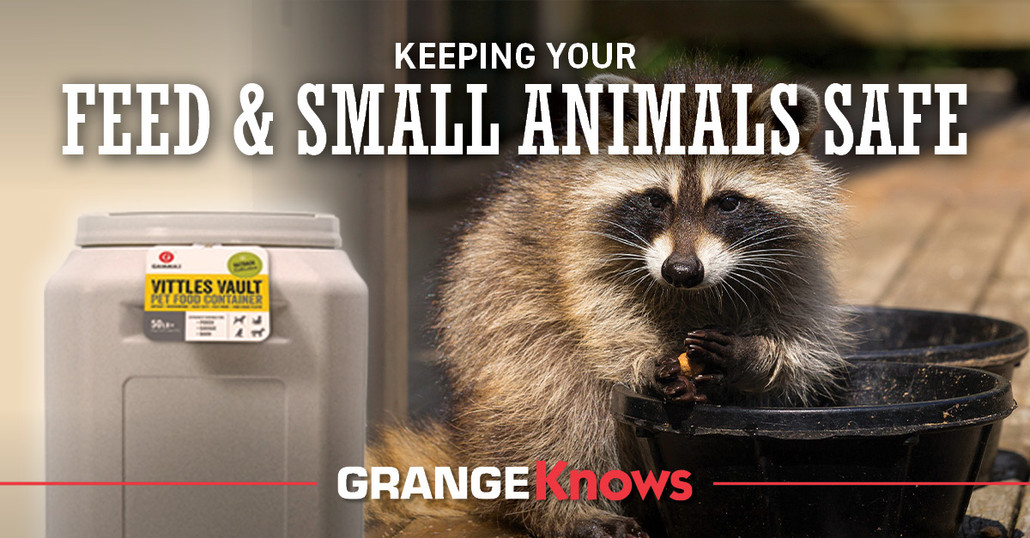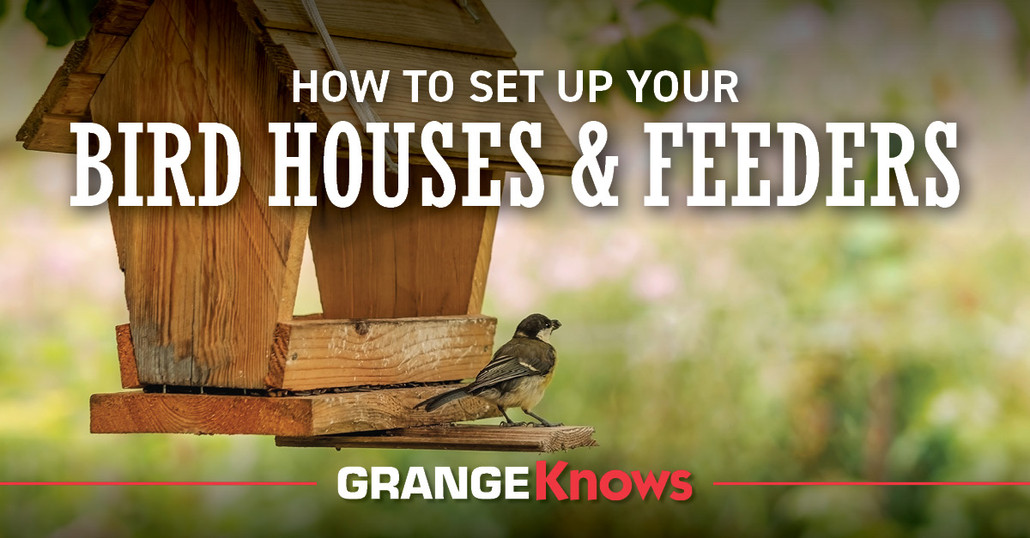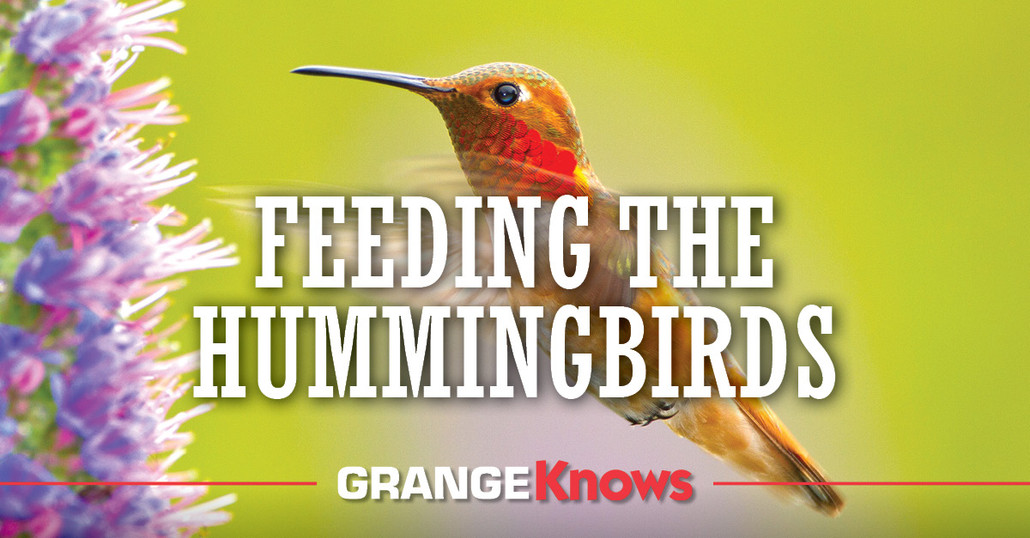Posted by Grange Co-op on 8th Dec 2022
Removing Raccoons from the BarnIt isn't surprising that many people prefer to remove raccoons from their barns than try and live with them. Often, catch-and-release traps are the first method of choice. After all, these traps allow you to catch the raccoon without coming into direct contact with it. Then, you can release it into the environment away from your home and the problem is solved.But this might not be the right solution for you. Fo… Read more
Posted by Grange Co-op on 18th Apr 2022
Nothing is more enjoyable than watching birds come and go in your backyard. One way to make your yard more inviting to your feathered friends is by providing them with a birdhouse where they can build their nests. Birdhouses protect the birds from the elements and keep them safe from predators. But it’s important to mount the birdhouse in the right place and in the right way.Which Birds Use Birdhouses?
Nothing is more disappointing than putt… Read more
Posted by Grange Co-op on 2nd Apr 2022
Hummingbirds are some of the smallest birds on the planet but beating their wings up to 90 beats per second burns a giant number of calories! Hummingbirds metabolisms consume nutrients quickly, requiring they visit one-to-two-thousand flowers every day. They need to eat every 10-15 minutes to keep this pace.
You can help these hardworking birds with a natural, sweet treat: nectar. This GrangeKnows article covers which type of nectar-mixtur… Read more
Posted by Grange Co-op on 18th Nov 2017
Male and Female: Identical with a grayish olive back, black cap and throat patch, white chest, and tan belly. Small white wing marks.Nesting:
Excavates nest hole in rotted wood or uses
birdhouse or natural cavity. Both male and female build or excavate, making nest with green moss and lines it with animal fur. One brood per year, 5-7 eggs white with fine red- brown speckles.
RECOMMENDED NEST BOX: Garden Artworks Chickadee House, Woodlin… Read more




